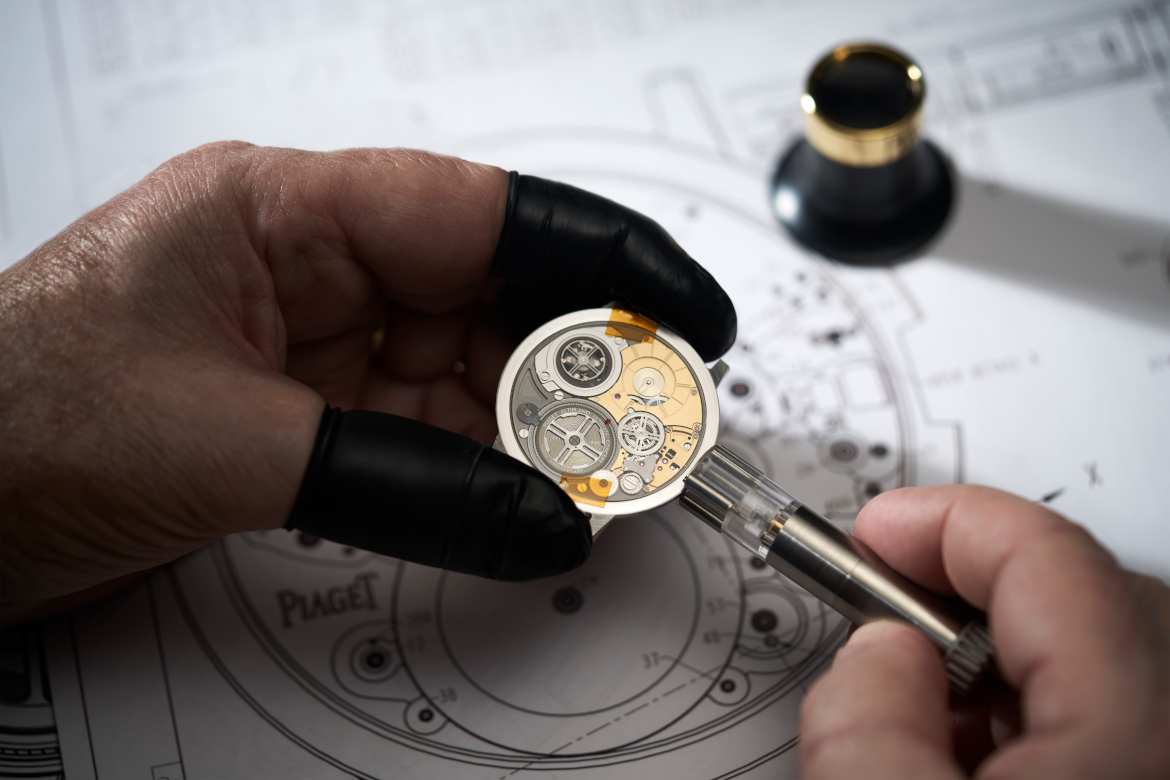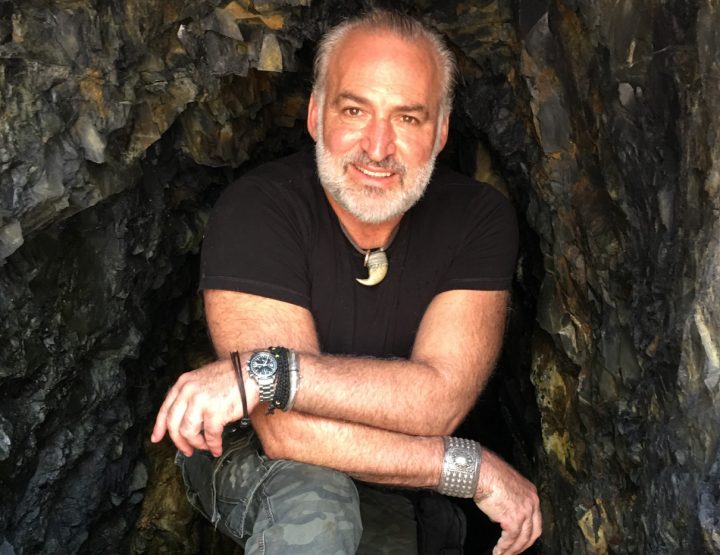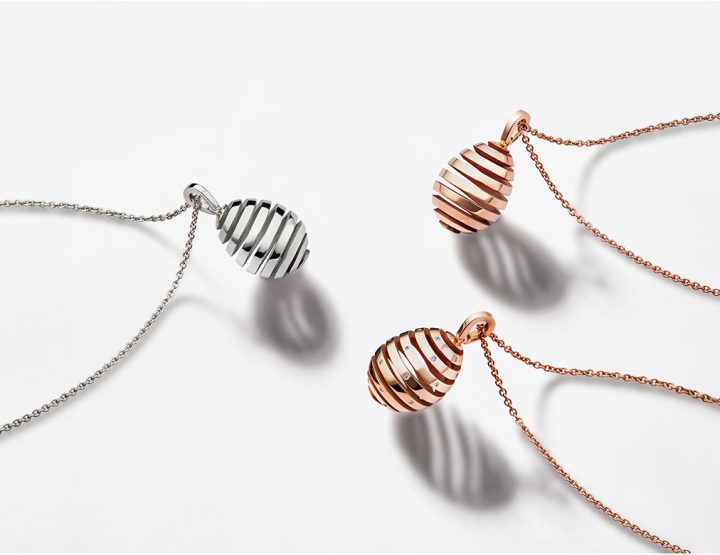Per celebrare questo anniversario d’eccezione, Piaget compie un’impresa straordinaria che è anche una prima assoluta nella storia dell’orologeria.
A 150 anni dalla fondazione della Maison, a 67 dall’invenzione dell’9P, il primo calibro ultrapiatto, e a 6 dalla creazione – nel 2018 – dell’Altiplano Ultimate Concept, il segnatempo più sottile al mondo, Piaget oltrepassa di nuovo i limiti della genialità orologiera. Plasmato dall’eleganza e guidato dalla creatività, questo orologio unico conserva lo spessore di 2 mm del suo predecessore, ma racchiude il cuore pulsante di un tourbillon. Una scelta tecnica naturale e una conquista emozionante per il brand.
Il segnatempo Altiplano Ultimate Concept Tourbillon è intrinsecamente paradossale. Eppure le sue dimensioni, che vanno oltre i limiti della fattibilità tecnica, sono solo la parte visibile di una storia umana e orologiera lunga 150 anni. Con un diametro di 41,5 mm, un’impermeabilità garantita fino a 20 metri e la cassa in lega di cobalto trattata con PVD blu, il segnatempo Altiplano Ultimate Concept Tourbillon sembra perfetto da indossare tutti i giorni. Tuttavia, lo spessore di 2 mm e il tourbillon ad anello lo proiettano nel regno dello straordinario.
Fatta ruotare dal ponte che la circonda, la gabbia dell’Altiplano Ultimate Concept Tourbillon rappresenta il sovvertimento dei principi tecnici conosciuti. La firma incisa sul fondello, di fianco al vetro zaffiro posto sotto il tourbillon, riassume l’approccio che ha guidato Piaget sin dalle sue origini: “Fare sempre meglio del necessario”. Questa è una Maison costruita su una cultura così umana, collaborativa e creativa, da raccogliere la sfida di uno spessore quasi incredibile.
Gli Ateliers de l’Extraordinaire
L’Altiplano Ultimate Concept Tourbillon è spesso 2 mm, non un micron di più, mentre il diametro misura 41,5 mm esatti. Nonostante le dimensioni, il segnatempo sopporta il 25% di energia in più richiesta dal tourbillon. Questi non sono solo numeri, ma rappresentano le straordinarie vittorie conseguite da Piaget. Una lunga avventura e una corsa contro il tempo che hanno avuto luogo in segreto nella Manifattura Piaget di La Côte-aux-Fées, nell’arco di tre anni di lavoro, domande e ripensamenti che hanno lasciato il segno nella vita di tutte le persone coinvolte.
Nel corso del tempo, la complicazione del tourbillon è divenuta un classico dell’orologeria nobile, ma qui assurge a nuove dimensioni, sia tecniche che poetiche, sempre fedele all’approccio promosso dalla Maison, che vuole la tecnologia al servizio dell’estetica. Le parole chiave del progetto? Precisione estrema. Contrariamente a quanto si potrebbe pensare, Piaget ha dovuto sviluppare il 90% di nuovi componenti rispetto all’Altiplano Ultimate Concept originale, oltre a nuove macchine per far funzionare un orologio più sottile del più sottile dei movimenti. Ogni componente dell’Altiplano Ultimate Concept Tourbillon è nuovo, reinventato, ripensato e comprovato dall’esperienza. “La derivazione dall’Altiplano Ultimate Concept è visibile ma ingannevole. Nonostante le apparenze, infatti, non si è trattato solo di aggiungere un tourbillon. Abbiamo riprogettato tutto”, spiega Benjamin Comar, CEO di Piaget.
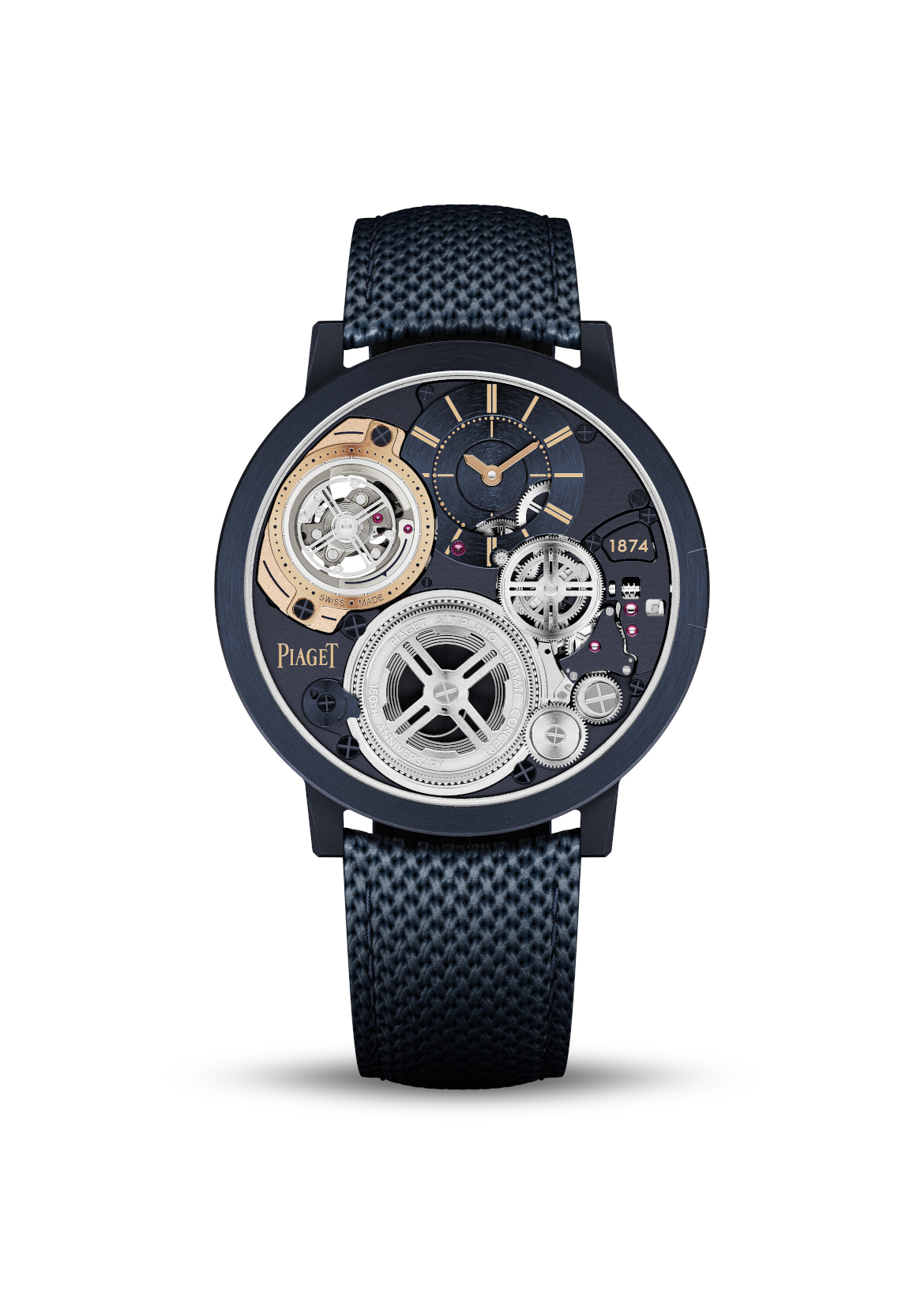
Forza vitale
L’insieme delle sfide, delle soluzioni da inventare e reinventare richieste dall’Altiplano Ultimate Concept, frutto di un lavoro collettivo durato più di sei anni e premiato con l’Aiguille d’Or al Grand Prix d’Horlogerie di Ginevra 2020, poteva sembrare la fine dell’avventura. Invece, non appena sono stati consegnati i primi modelli, i team di orologiai della manifattura storica Piaget di La Côte-aux-Fées non hanno potuto fare a meno di pensare al futuro. Che cosa potevano creare di ancora meglio? Restava una complicazione, che non è un’indicazione, ma fonde bellezza, movimento, difficoltà tecnica e apprezzamento da parte dell’esigente pubblico di intenditori.
Lo slancio che è sfociato nella creazione dell’Altiplano Ultimate Concept Tourbillon è simile a quello che in precedenza, ha dato vita ai calibri 9P e 12P dell’Altiplano Ultimate Automatic (900P o 910P). Non restava che trasformare questa nuova idea in realtà: un’impresa tutt’altro che semplice.
Grazie a un principio testato sin dall’ideazione del calibro 900P, non c’è differenza tra il movimento e la cassa. Per guadagnare spessore prezioso, il fondello svolge le stesse funzioni della platina del movimento che, all’esterno, è a contatto con la pelle. La cassa è realizzata in una lega di cobalto azzurrato che offre il miglior rapporto spessore/rigidità. La corona, integrata nella carrure, può essere estratta e azionata grazie a uno strumento specifico a forma di pennino, che nasconde un sistema di riduzione del controllo della coppia, per permette al bariletto di recuperare tutta la sua energia.
Rivoluzione
La posizione dei componenti è stata conservata. Il quadrante delle ore e dei minuti è sempre leggermente decentrato, come nel modello precedente. Il tourbillon è posto a ore 10 e reca incisa l’indicazione dei minuti sull’anello che lo circonda. Il vincolo maggiore è lo spessore, un requisito indiscutibile, essenziale e fondamentale: 2 mm complessivi. A parità di dimensioni, con una cassa e dei componenti così sottili, la difficoltà è consistita nell’inserire un tourbillon in uno spazio già affollato.
Da quel momento in poi, gli esperti delle Manifatture di La Côte-aux-Fées e Ginevra hanno unito tutte le forze. Matita, carta, memoria, cultura, apertura mentale, saperi orologieri: ciascuno ha attinto a tutti i suoi talenti. È un processo basato su un metodo di sviluppo che Piaget ha sempre amato, consistente nel provare, testare, convalidare, scartare o conservare, e ricominciare sempre da capo. E così, dopo più di 70 versioni della gabbia, 15 versioni dell’ancora e 30 versioni del telaio, Altiplano Ultimate Concept Tourbillon ha assunto la sua struttura finale.
Piaget ha messo a frutto il suo savoir-faire nei componenti ultrapiatti, in particolare per quanto riguarda il tourbillon 670P ultrapiatto da 4,6 mm, contenuto in una cassa da 7,35 mm e spesso solo 1,49. Privo di ponte superiore, era fissato solo sul lato inferiore. Tuttavia, pur guadagnando qualche centesimo di millimetro qua e là, La Manifattura di Côte-aux-Fées era molto lontana dall’obiettivo. Occorreva progettare il tourbillon in modo completamente diverso.
Diventò subito evidente una nuova opzione: il tourbillon sarebbe stato fissato alla sua circonferenza. L’Altiplano Ultimate Concept Tourbillon ha un tourbillon a forma di anello, la cui circonferenza è sorretta da un cuscinetto a sfera in ceramica che alimenta la rotazione di un minuto. Il segnatempo è realizzato per lo più in titanio e, ove possibile, in acciaio. Era giunto il momento di farlo funzionare.
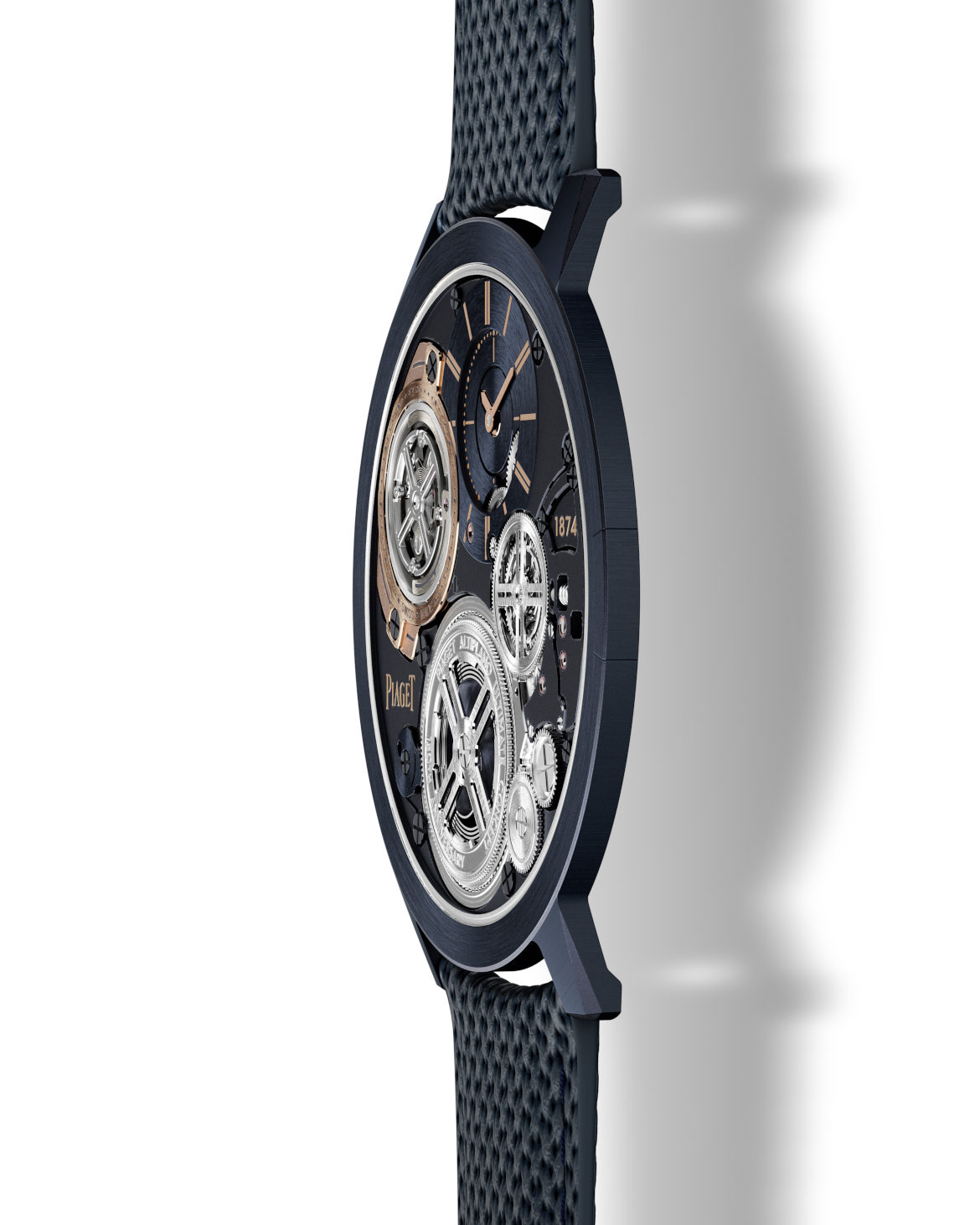
Virtuosismo
Il segnatempo Altiplano Ultimate Concept Tourbillon si basa su un bariletto unico e scheletrato, che riproduce l’estetica a croce dell’Altiplano originale. Il tourbillon, però, consuma più energia di un movimento con regolatore fisso. Nel caso specifico, l’Altiplano Ultimate Concept Tourbillon consuma circa il 25% in più rispetto al modello originale. Il nuovo segnatempo, dunque, deve offrire una riserva di carica di almeno 40 ore. Questo risultato straordinario nasce da due soluzioni diverse.
La prima è l’impiego di una molla su misura, rielaborata in base al fattore di maggiore potenza. Lo spessore della lama è stato leggermente aumentato per fornire l’energia supplementare necessaria. La seconda soluzione consiste nell’uso quasi sistematico di cuscinetti a sfera al posto dei perni. Facilitando la rotazione delle parti mobili, Piaget ha ridotto l’attrito, conservando così l’energia per la durata di carica, e riducendo ulteriormente lo spessore. Nell’Altiplano Ultimate Concept Tourbillon, l’innovazione riguarda anche le dimensioni del vetro zaffiro, il cui spessore è di soli 0,20 mm nella parte superiore e 0,16 mm nella parte inferiore.
Con uno spessore di 2 mm, cambia tutto, anche se ad esserne consapevoli sono più gli orologiai che i clienti. La tolleranza di lavorazione dei componenti miniaturizzati rappresenta una difficoltà enorme. Se il bordo della ruota del bilanciere e il vetro zaffiro sono spessi 0,2 mm, le macchine devono lavorare con una precisione di circa 2 micron, ovvero 2 millesimi di millimetro, a maggior ragione perché i componenti sono sottoposti a numerose fasi di decorazione delle superfici dopo la fabbricazione. Ad esempio, le ruote, che ora hanno quattro bracci (invece dei precedenti 6), sono lucidate a diamante e anglé a mano. Occorre abbellirle senza deformarle.
L’Altiplano Ultimate Concept Tourbillon potrebbe essere considerato la somma di queste prodezze tecniche. La vera prodezza, però, è l’effetto che il segnatempo produce. Indossare un orologio con un tourbillon spesso 2 mm e sottile come una moneta è un’esperienza sorprendente e confortevole al tempo stesso. Visto di lato, l’orologio sembra sparire; sul retro, sorprende per la sua magnifica scheletratura; davanti, infine, si esprime con un’inedita profondità. Nella vita quotidiana, può passare inosservato o attirare l’attenzione, manifestando una natura molto elegante, grazie al gioco tra le tonalità oro e blu, così tipiche di Piaget. Una caratteristica che, più di ogni altra, La Maison persegue senza sosta, ponendola al centro del suo DNA.
Il segnatempo Altiplano Ultimate Concept Tourbillon è fatto per essere indossato e guardato, ma anche per ricordare a chi lo possiede la storia delle persone e della Manifattura che l’hanno creato. Tutto ciò senza smettere di porsi domande sulle sfide che la Maison Piaget affronterà in futuro.
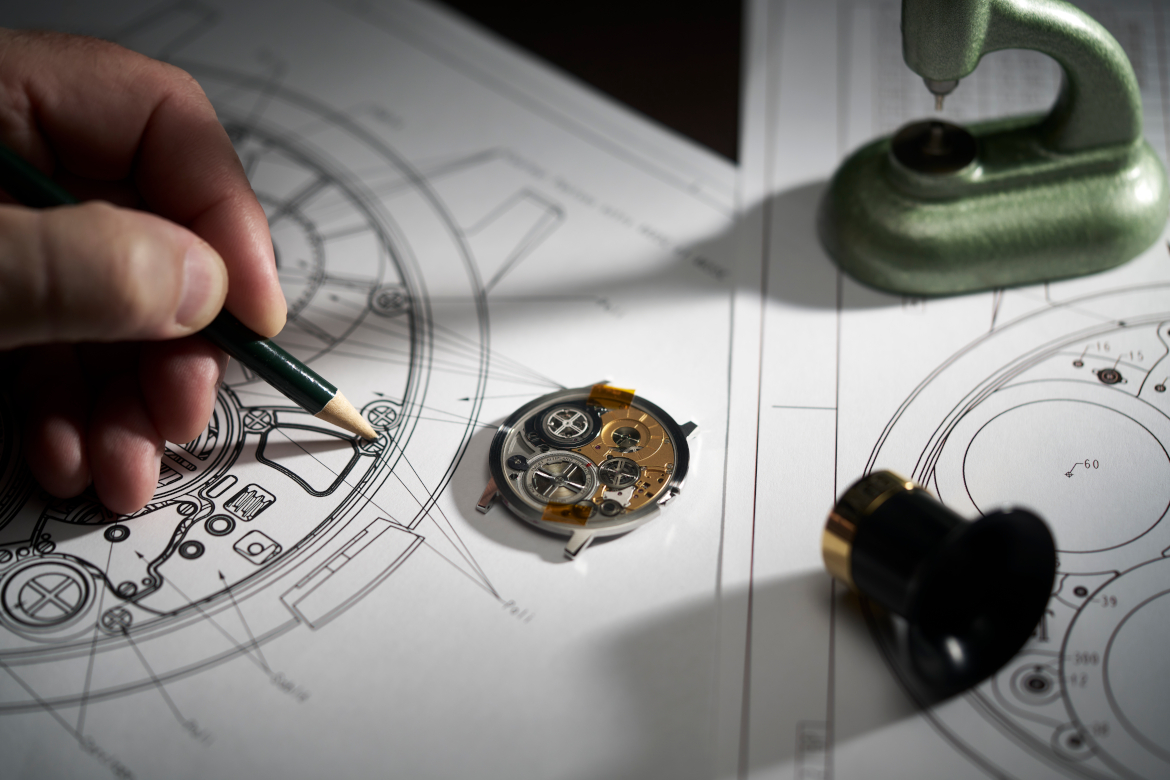
Pushing the Limits of Ultra-Thin Mastery
To mark this special anniversary, Maison Piaget has performed an outstanding feat, a first in watchmaking history. 150 years after the Maison was first founded, 67 years after it invented its first ultra-thin calibre – the 9P – and 6 years after it created the thinnest watch in the world, the Altiplano Ultimate Concept, in 2018, Piaget has once again pushed the boundaries of horological ingenuity. Shaped by a quest for elegance and driven by inventiveness, this unrivalled timepiece boasts 2 mm, the same thinness as its predecessor. All the while, it shelters the beating heart of a tourbillon. A natural next step in the Maison’s journey, this invention is both a technical and emotional milestone.
The Altiplano Ultimate Concept Tourbillon is a paradox in and of itself. And yet, its dimensions, which truly stretch the limits of watchmaking feasibility, are a visual statement that can only begin to outline 150 years of human and horological history. With a diameter of 41.5 mm, a guaranteed water resistance to a depth of 20 metres and a blue PVD-treated cobalt alloy case, the Altiplano Ultimate Concept Tourbillon appears to possess all the features of an everyday watch. However, its 2 mm thickness and its annular tourbillon take it to a different plane: that of the extraordinary.
Set in circular motion by a bridge encircling it, the carriage of the Altiplano Ultimate Concept Tourbillon completely subverts the current state-of-the-art technical principles. The signature engraved on its back, next to a sapphire crystal placed under the tourbillon, sums up the process that has driven Piaget since its beginnings: “Always do better than necessary”. This is a Maison whose culture is based on people, invention and collaboration. This spirit has led it to take on the challenge of barely believable thinness.
The Ateliers de l’Extraordinaire
The Altiplano Ultimate Concept Tourbillon is a mere 2 mm thick. Not a micron more. Its diameter is 41.5 mm. Not a millimetre more. And yet, it is able to cope with the 25% additional power required by the tourbillon. These figures are not only a series of numbers. They stand for extraordinary victories achieved by Piaget. Behind this technical prowess, there lies a whole saga: a race against time conducted in secret inside the Piaget Manufacture in La Côte-aux-Fées. Three long years of work, doubt and self-questioning have marked the lives of everyone who took part in it.
The tourbillon complication has come to join the ranks of the great classics of watchmaking royalty. Here, it takes on a new dimension, both technical and poetic, remaining loyal to the Maison’s ancestral approach: technical achievements are but meant to serve the aesthetics of a watch. Extreme precision was this project’s guiding principle. Contrary to appearances, Piaget had to redesign 90% of the components of the original Altiplano Ultimate Concept- and even develop new machinery- to craft a watch as thin as its groundbreaking predecessor, with an added tourbillon. Inside the Altiplano Ultimate Concept Tourbillon, everything is new: its parts have been reinvented and redesigned, drawing on years of experience. “The connection with the Altiplano Ultimate Concept is clear but deceptive. Despite how it may appear, we did more than merely add a tourbillon. We reinvented everything,” explained Benjamin Comar, Piaget CEO.
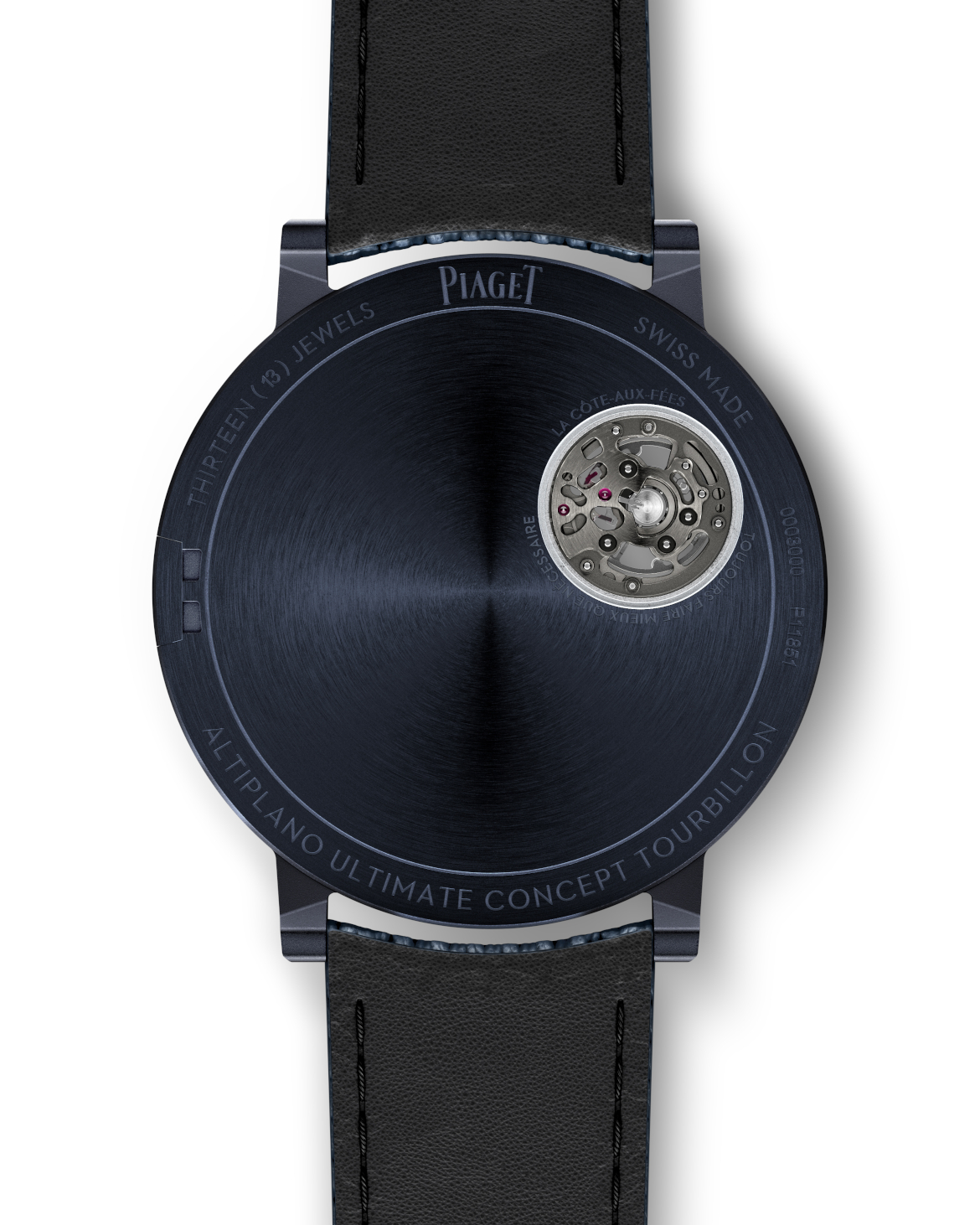
Life Force
The Altiplano Ultimate Concept was the product of a collective endeavour lasting over six years, recognised by the Aiguille d’Or award at the Grand Prix d’Horlogerie de Genève 2020. The series of challenges it posed, not to mention the solutions that had to be invented and reinvented to create it, may have appeared to be the last step in the Maison’s ultra-thin adventure. However, from the moment the first pieces were delivered, the team of watchmakers in Piaget’s historic Manufacture in La Côte-aux-Fées could not resist imagining what would come next. What could they do to surpass it? There was one complication, one that is not an extra indication, one that combines visual effect, movement and technical challenge, prized by watchmaking connoisseurs.
The momentum behind the design of the Altiplano Ultimate Concept Tourbillon was the same kind of energy that led to the creation of 9P and 12P calibres, the Altiplano Ultimate Automatic (900P or 910P), and finally the Altiplano Ultimate Concept. The new idea still needed to be put into action. The question of how to achieve it had no simple answer.
Thanks to a principle that has been tried and tested since the invention of calibre 900P, there is no distinction between the movement and the case. To gain precious space and achieve ultra-thinness, the case back also serves as the movement mainplate. Its exterior side is in contact with the skin. The case is made from a blued cobalt alloy, which offers the best thinness to hardness ratio. The crown, integrated into the case band, is pulled out and operated using a dedicated tool. This tool is a stylus containing a gear reduction and torque control system, breathing new life into the barrel.
Revolution
The position of the watch components was maintained. The dial displaying the hours and minutes is still slightly off-centre, as it was on its predecessor. The tourbillon is located at 10 o’clock, with a seconds indicator engraved on the tourbillon ring. The most crucial constraint of all was thinness: a prerequisite, unchangeable and fundamental. All its parts had to fit within 2 mm. Working with the same diameter, the same case height and components just as thin, the difficulty lay in how to insert a tourbillon when the space inside the watch was already full.
From there, cogs started turning in the minds of watchmakers in La Côte-aux-Fées and Geneva. Pencil and paper, memory and culture, open-mindedness and watchmaking expertise: they drew upon all their talents. This process was based on a development approach that Piaget has always applied. It involves trying and testing ideas to retain them or discard them, then starting again, ceaselessly. That is how, after more than 70 versions of the cage, 15 versions of the anchor and 30 versions of the case frame, the Altiplano Ultimate Concept Tourbillon acquired its final structure.
Piaget capitalised on its expertise with ultra-thin technology, especially drawing on its ultra-thin 4.6 mm tourbillon 670P, which fit inside a case 7.35 mm thick. This achievement laid the groundwork for the Maison to create a new timepiece that is 2 mm thick and fitted with a tourbillon. In designing the Altiplano Ultimate Concept Tourbillon, innovation was also required to adapt the thickness of the sapphire crystal, reduced to 0.20 mm on the front and 0.16 mm on the underside. This was the first time that the case back had come into play since the AUC. The tourbillon therefore fit into a space that was a mere 1.49mm in height. With no upper bridge, it was only held in place by its underside. However, by gaining a few hundredths of millimetres here and there, the Manufacture in La Côte-aux-Fées was still falling short of the mark. Piaget needed to completely re-imagine the tourbillon.
Soon, a new idea was set in motion. The tourbillon would be held in place by its perimeter. The Altiplano Ultimate Concept Tourbillon is an annular tourbillon. Its outer edge is held in place by a ceramic ball bearing, which drives its one-minute rotation. It is mainly made of titanium, and steel where possible. Next, it was time to supply it with power.
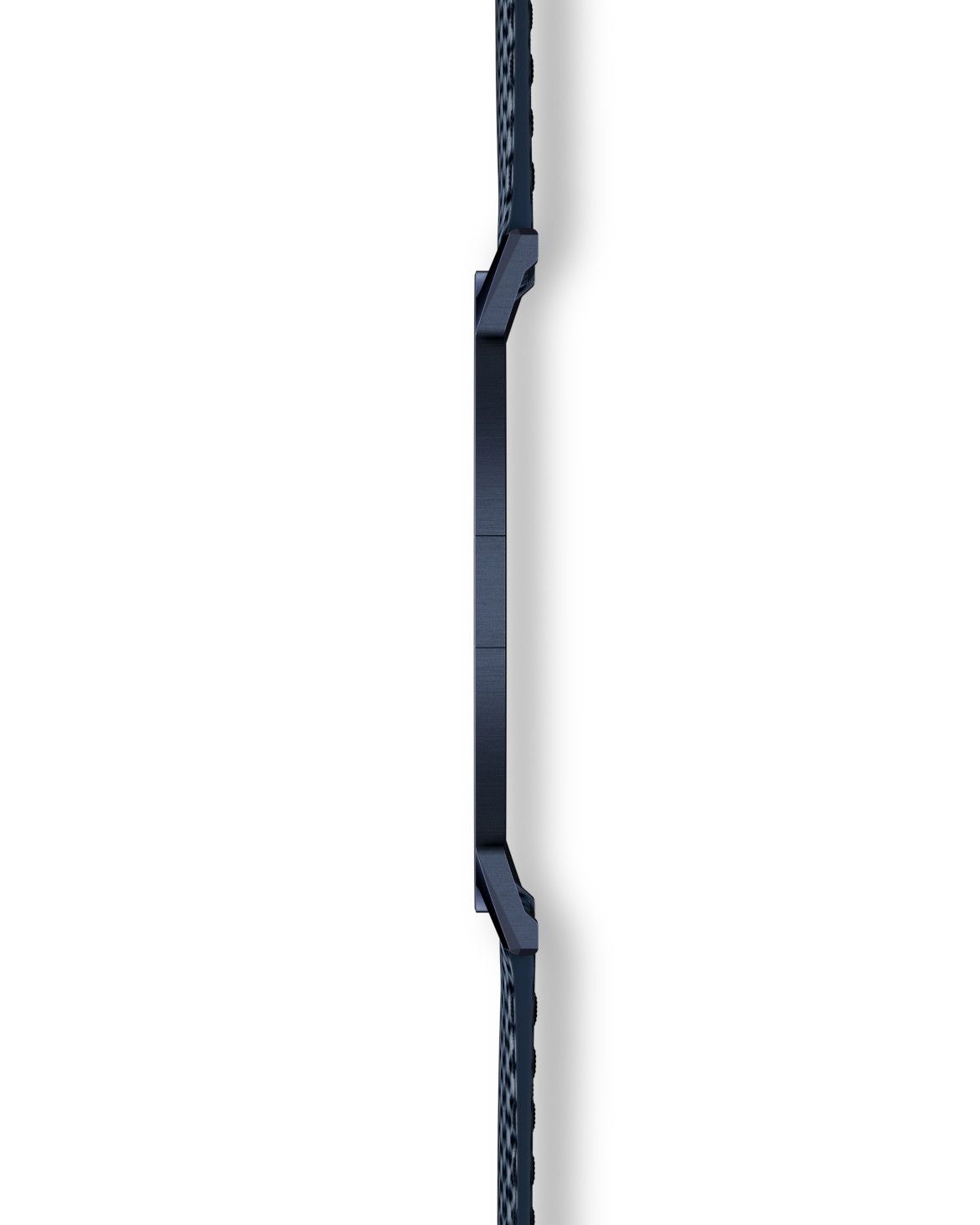
Virtuosity
The Altiplano Ultimate Concept Tourbillon relies on a unique skeletonised barrel, which replicates the cross-hair design of the original Altiplano. However, a tourbillon’s energy consumption is higher than that of a movement with a fixed regulator, around 25% higher than the Altiplano Ultimate Concept. Furthermore, the Altiplano Ultimate Concept Tourbillon must be able to offer a power reserve of at least 40 hours. The extraordinary result stems from two different solutions.
The first was the decision to use a made-to-measure mainspring, reworked based on its most force-bearing factor. The thickness of its leaf was slightly increased to deliver the additional energy required. The second solution was the almost systematic use of ball bearings instead of pivots. By making it easier for the mobile elements to rotate, Piaget decreased friction. This preserved energy could be used for the power reserve and allowed the watchmakers to achieve an even thinner result. In designing the Altiplano Ultimate Concept Tourbillon, innovation also meant optimizing the thickness of the sapphire crystal, reduced to 0.20 mm dial-side and 0.16 mm back-side.
When a watch is 2 mm thick, all the rules change. This fact will barely be noticed by its wearer, but it is vitally important to watchmakers. The machining tolerance of miniaturised parts is a true challenge. With the balance wheel rim and the sapphire crystal both being 0.2 mm thick, the machines that craft them have to work to an accuracy of around 2 microns, that is two thousandths of a millimetre. This is even more crucial as the parts also undergo a series of processes to decorate their surfaces after manufacture. For example, the wheels, now made with four arms instead of the six previously used, are diamond polished and chamfered by hand. That decoration cannot be allowed to deform them.
The Altiplano Ultimate Concept Tourbillon could be described as the sum of these technical feats. But the true feat remains the same as the Altiplano ultimate Concept’s: it is the effect that it creates. Putting on a watch fitted with a tourbillon that is a mere 2 mm thick, and therefore as thin as a coin, is a surprising experience but also a comfortable one. Seen from the side, it almost vanishes. From the back, it surprises the wearer with its striking opening. From the front, it shows remarkable depth, a potential for self-expression that the wearer never could have imagined. Day to day, it can either go unnoticed or make a statement. It showcases its profoundly elegant character with a play of colours that is intensely Piaget, pairing blue with gold. This elegance is, more than anything else, the feature that Piaget constantly strives to achieve, placing it at the very heart of its DNA.
This watch is made to be worn. To be looked at. To remind its owner of the long history of the people and the Manufacture that made it. And finally, to make them wonder what challenges Maison Piaget will set itself next.

